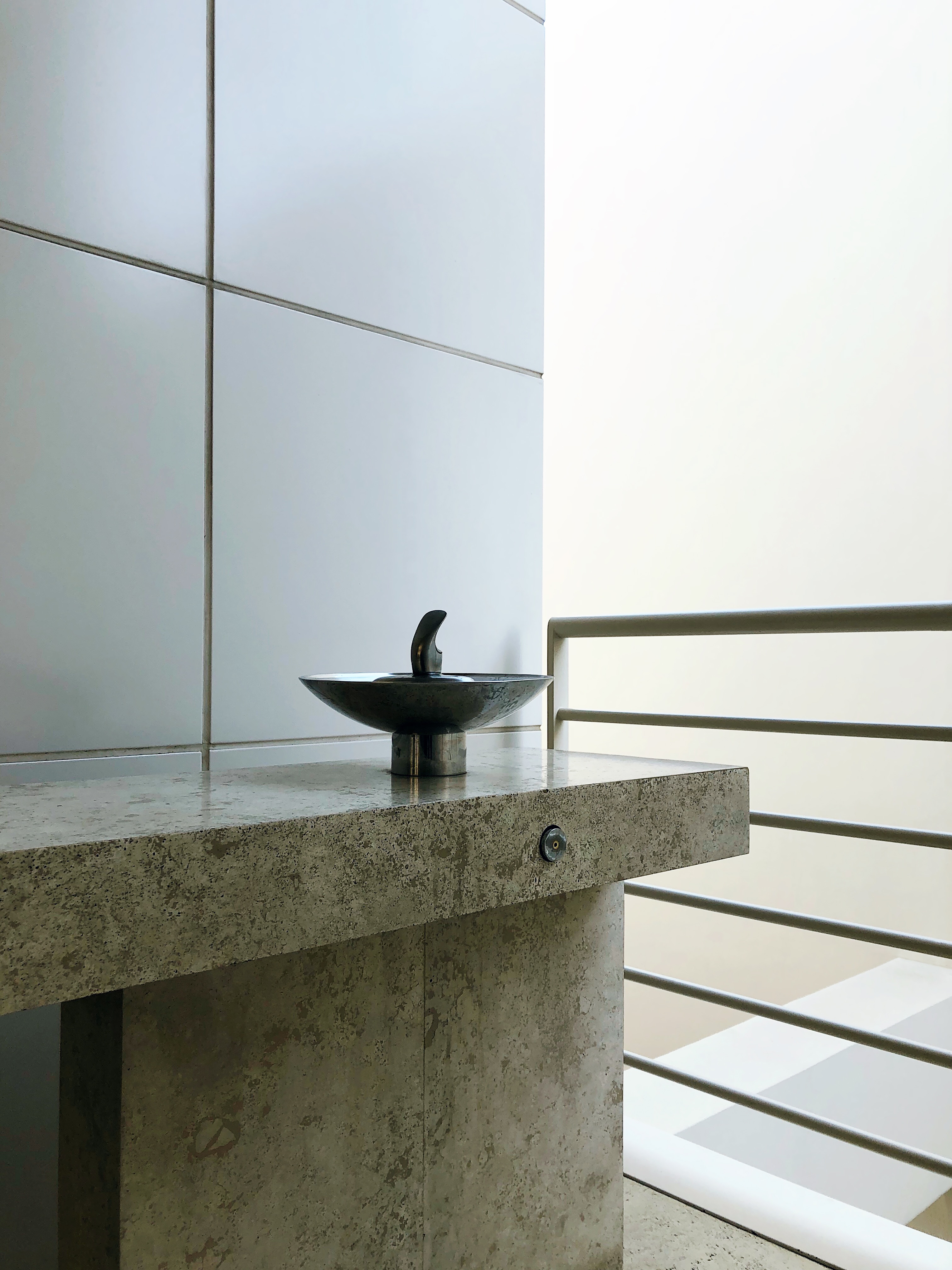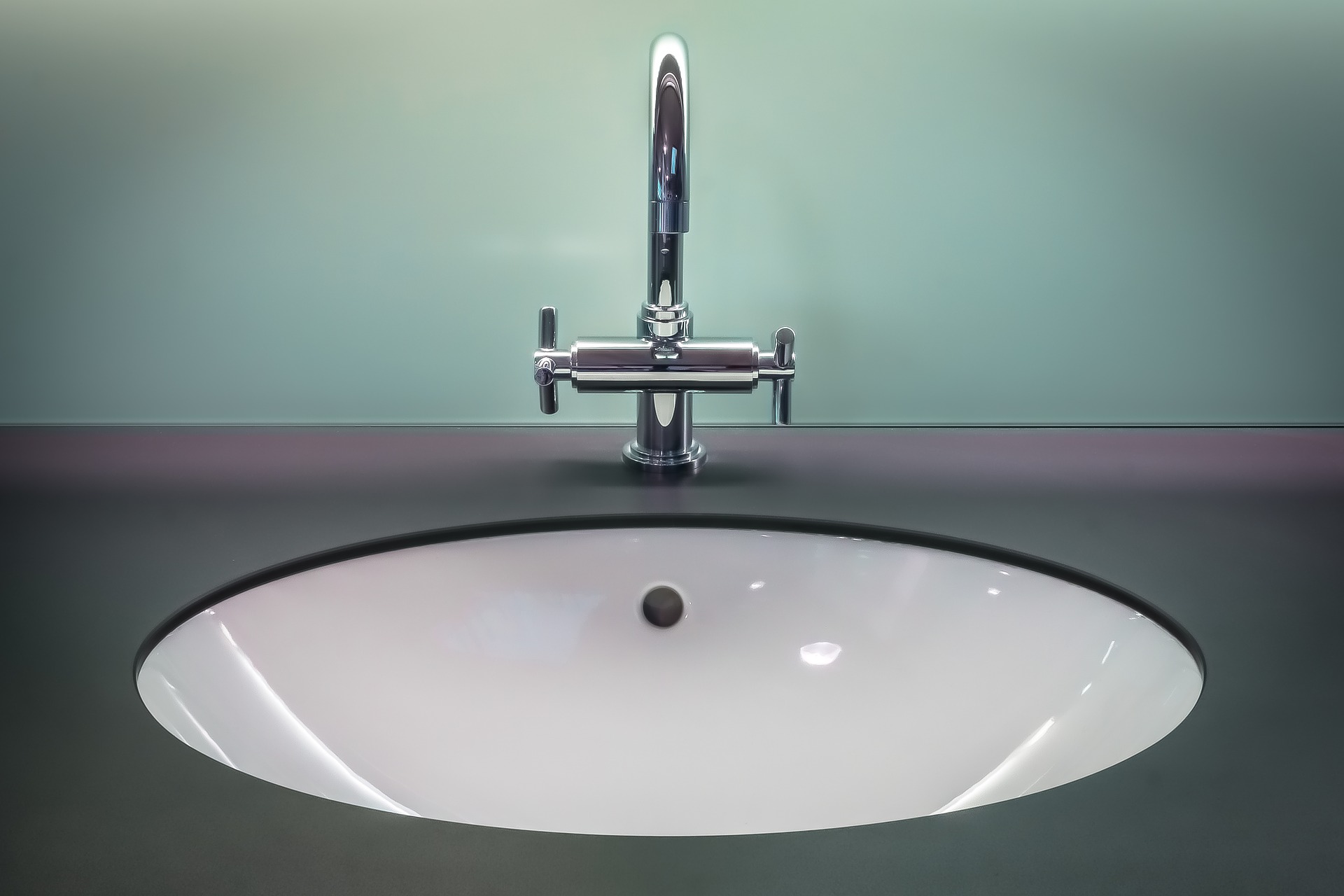Maintaining a Five-Star Restaurant Restroom
3 Min Read By Fabio Vitali
When eating at a restaurant, the most significant moment that a customer experiences isn’t at the table – it’s in the restroom. Too often, there is a stark divide between the welcoming atmosphere of a dining area and an unkempt bathroom. Visiting a dirty restroom can have a longer lasting impression on a guest than their meal, so it’s crucial to take hand drying options, paper products and regular cleaning tips into consideration. Maintaining spotless, hygienic restaurant bathrooms will impress guests and help ensure customer loyalty and satisfaction.
Paper Towels vs. Hand Dryers
Most public restrooms provide either paper towels or automatic hand dryers, with some offering both options. If pressed for time, a customer may reach for a paper towel, while the hands-free convenience of a hand dryer may appeal to others. But according to a 2017 Harris Poll, the majority of Americans (69 percent) actually prefer to use paper towels over air dryers when drying their hands in public restrooms. Studies even suggest that bacteria is more easily transmitted from wet skin than from dry skin, so a thorough hand drying option is necessary for preventing the spread of germs. Furthermore, a research team recently discovered 18 to 60 different bacteria colonies, including fecal matter, on plates placed under hand dryers in a study of 36 bathrooms. Paper towels can dry hands and remove bacteria efficiently and effectively without the risk of spreading bacteria through the air.

If restaurants provide paper towels to customers in lieu of hand dryers, it’s important that the paper towel dispensers support the clean image of the restroom. Facilities should look for durable and sleek dispensers that are abrasion-resistant. Sturdy plastic construction helps the dispensers hold up over time, decreasing maintenance and labor costs associated with repairs. Large, flat surfaces with rounded corners make these assets easy to keep clean while the minimalist design ensures cohesion with the restroom’s style.
Clog-Reducing Paper Technology
A recent Harris Poll found that a strong majority of Americans (71 percent) say a clogged toilet at a restaurant would negatively impact their perception of the business. To keep patrons from leaving the establishment and sharing their displeasure with family, friends and other potential customers, restaurant managers should consider purchasing paper products that can help reduce clogs.
Today, advanced biodegradable toilet paper exists that eats away dirt in pipes. When the paper makes contact with water, non-pathogenic microorganisms are activated and reproduce to multiply their cleaning effect. When the job is done, the enzymes biodegrade and flush away without leaving behind any residue or odor. Paper towels that dissolve in water also exist to reduce the opportunity for clogs if this paper is flushed down the toilet.
These paper products help businesses avoid costly plumbing issues. In a busy, fast-paced restaurant environment, closing one bathroom or even a stall due to maintenance problems can frustrate customers and result in loss of business. The downtime required for toilet repairs results in decreased sales, on top of the labor costs associated with professional repair. By investing in smartly designed, clog-fighting paper products, restaurants can protect their brand and bottom line.
A Clean Reputation
An unusable or poorly maintained restroom can upset guests and may even indicate to patrons that the kitchen is also dirty, potentially tarnishing the reputation of a restaurant.
Restaurant managers should consider the following restroom maintenance tips to impress guests:
- Adhere to a daily cleaning schedule.Engaging employees in a regular routine will improve productivity and ensure constant cleanliness. Managers should communicate what tasks are expected to be carried out on a daily basis, such as mopping floors and restocking toilet paper, and conduct checks at the end of each day.
- Keep a time sheet.Restroom logs keep track of key tasks like cleaning toilets, wiping down floors and emptying trash receptacles. Employees should sign off each time the tasks are completed, specifying the date and time of each assignment.
- Conduct thorough training. Managers should clearly articulate what is expected so all staff clean the facility to the same high standard. Training should highlight best practices and which products should be used for each area, as well as which tools are reserved for restroom cleaning to avoid cross contamination.
- Restock paper supplies frequently. Managers should thoughtfully select products, such as biodegradable paper towels and toilet paper, that will help reduce clogs and costly repairs. With paper towels also comes the opportunity for them to end up on the floor. Restaurants should provide a large trash receptacle and make sure it is regularly emptied so that guests can dispose of used paper towels.
Customers appreciate cleanliness, especially in restrooms. Yet too often, restaurants don’t maintain these areas and put their reputation at risk. Today, many patrons appreciate when paper towels are available, as well as soft but durable toilet paper, functioning dispensers, faucets and stall locks and floors and countertops free of pools of water and trash. By providing high-quality paper products and implementing a thorough restroom maintenance plan, restaurants are sure to give customers a five-star experience.


